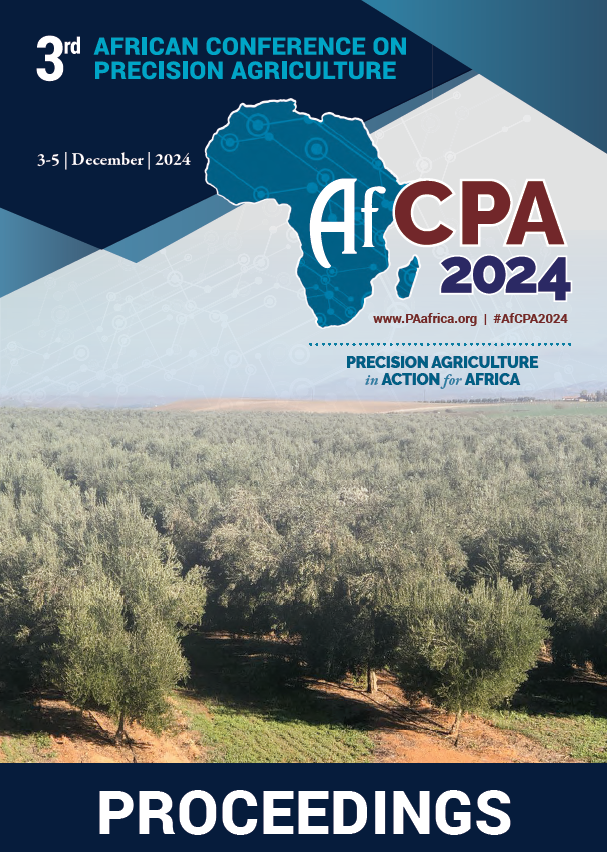Download the Conference Proceedings
Get your copy of the 2024 African Conference on Precision Agriculture Proceedings today! Download the PDF file and view all of the available proceedings.
Proceedings
Authors
| Filter results1 paper(s) found. |
|---|
1. Digital platforms for boosting farmer knowledge: Two case studies in Kenya and UgandaApproximately 80% of all farms in Africa, or 33 million farms, are two hectares or less in size. Many of these smallholder farmers do not have access to resources, including extension services, to improve their farms. Lack of knowledge of Good Agronomic Practices (GAPs) causes farmers to fail to reach their full yield potential. Extension workers responsible to provide these GAPs to farmers are spread thin. For example, as of March of 2019, there was one extension worker for every 1,800 coffee... E. Bakirdjian, T. Harigaya, M. Osia, J. Zhu, J. Abuli |
